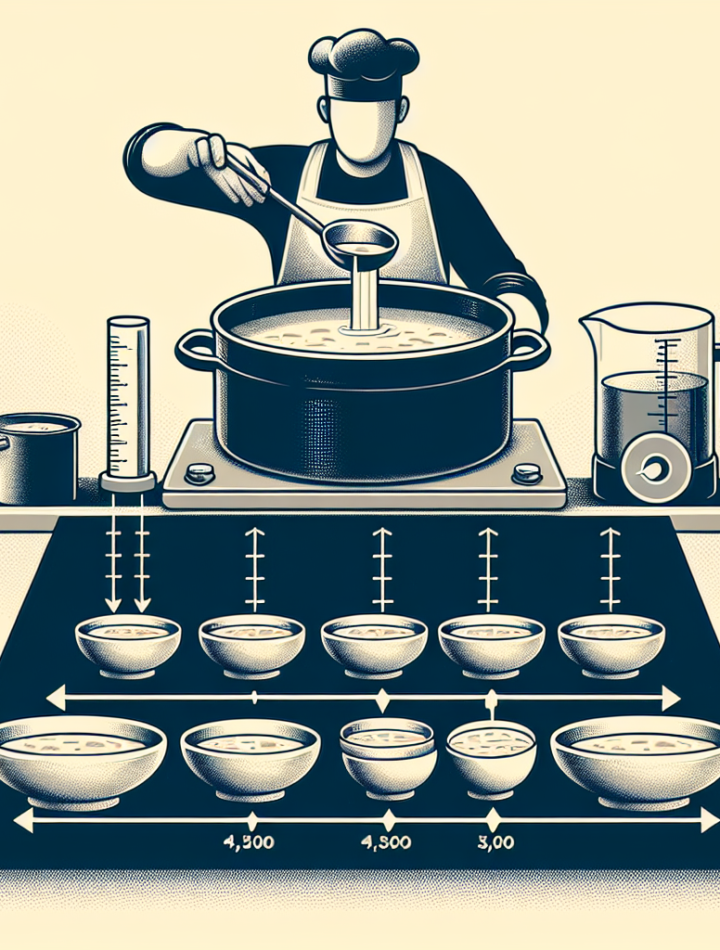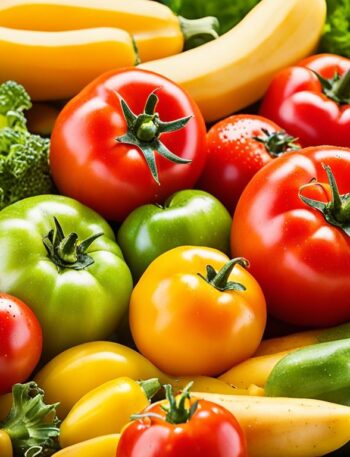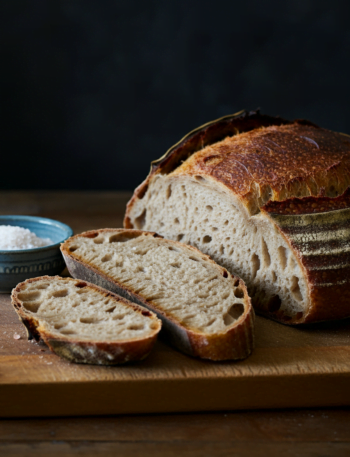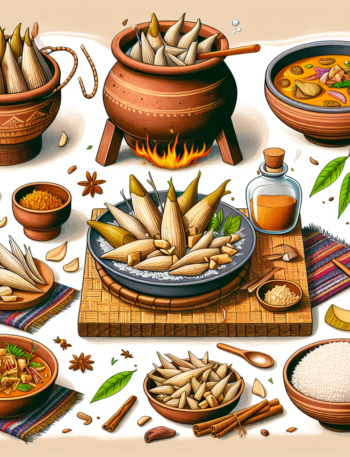Introduction
Understanding serving sizes is essential for anyone who cooks, whether you’re preparing meals for a family, guests, or just yourself. Knowing the correct serving size can help with meal planning, ensure you’re providing the right amount of food, and support dietary goals. This is particularly important when it comes to soup recipes, as soups can vary significantly in terms of ingredients, density, and nutritional content. In this article, we will explore how to accurately determine the serving size of a soup recipe, ensuring that each portion is both satisfying and nutritionally balanced.
Why Serving Size Matters
The concept of serving size goes beyond just portion control; it plays a significant role in various aspects of nutrition and meal planning.
- Nutritional Implications: Understanding serving sizes helps you better manage your calorie intake, making it easier to track your daily consumption and meet your dietary needs. This is crucial for anyone following a specific diet, such as those aiming for weight loss, muscle gain, or managing chronic conditions like diabetes.
- Role in Meal Planning: Knowing how many servings a recipe yields can help you plan meals for the week, preventing food waste and ensuring you prepare enough for everyone at the table.
- Impact on Dietary Goals: Accurate serving sizes contribute to achieving dietary goals by helping control portion sizes, ensuring that each meal contains the appropriate amount of calories and nutrients.
Basic Concepts in Determining Serving Sizes
Before diving into the specifics of soup recipes, it’s important to understand the basic concepts of serving sizes.
- Definition of a Serving Size: A serving size is a standardized amount of food or drink that is typically consumed in one sitting. For soups, this is often measured in cups or ounces.
- Standard Serving Sizes for Soups: While the standard serving size for soup is typically 1 cup (about 240 milliliters), this can vary depending on the type of soup and the context in which it’s being served.
- Factors Influencing Serving Size Determination: The ingredients used, the thickness of the soup, and whether it is served as a starter or a main dish all influence the serving size.
Analyzing Soup Ingredients
The type and quantity of ingredients in your soup play a crucial role in determining the serving size.
- Volume and Weight Considerations: Soups with more liquid will have a larger volume, while those with heavier ingredients like potatoes or meat will weigh more. Understanding the balance between volume and weight is key to determining serving sizes.
- Caloric Density of Ingredients: Ingredients like cream, butter, and starchy vegetables add to the caloric density of a soup. A soup with high-calorie ingredients will have a smaller serving size compared to a broth-based soup.
- Nutritional Content: The nutritional content, including vitamins, minerals, and macronutrients, should also guide serving size determination. For instance, a hearty, nutrient-dense soup may have a smaller serving size than a light vegetable broth.
Measuring Tools for Accurate Serving Sizes
Accurately determining serving sizes requires the use of proper measuring tools.
- Kitchen Scales: A kitchen scale is an invaluable tool for measuring the weight of your soup ingredients before cooking. This helps in understanding the total weight of the soup, which can be divided into servings.
- Measuring Cups and Spoons: Measuring cups are essential for determining the volume of liquid ingredients and the final soup volume. Spoons can help measure smaller quantities of ingredients and garnishes.
- Visual Estimations and Common Objects: For those without measuring tools, visual estimation can be helpful. For example, a standard soup ladle usually holds about 1 cup of liquid, and common objects like tennis balls can be used to estimate volumes.
Steps to Determine Serving Size
Now that we understand the basics, let’s walk through the steps to determine the serving size of a soup recipe.
- Step 1: Weighing Ingredients Before Cooking: Start by weighing the main ingredients before cooking. This gives you an idea of the total weight of the soup and how many servings it could yield.
- Step 2: Measuring Soup Volume Post-Cooking: After cooking, measure the total volume of the soup using a large measuring cup or by counting the number of ladles used to transfer it to storage.
- Step 3: Dividing Total Volume by Number of Servings: Divide the total volume by the desired number of servings. For example, if your soup yields 8 cups and you want each serving to be 1 cup, you have 8 servings.
Adjusting Serving Sizes Based on Needs
Different people have different dietary needs, and sometimes, the standard serving size may not be appropriate.
- Modifying for Different Age Groups: Children, adults, and elderly people often require different portion sizes. For example, a child’s serving size may be half that of an adult’s.
- Adjusting for Dietary Restrictions: If someone in your household is following a specific diet, such as low-sodium or low-carb, you may need to adjust the serving size or ingredients to meet their needs.
- Serving Sizes for Bulk Cooking and Freezing: When cooking in bulk, it’s important to determine how many servings you want to freeze for future use. Labeling each container with the number of servings can help with portion control later.
Common Mistakes in Serving Size Estimation
Even with the best intentions, it’s easy to make mistakes when estimating serving sizes.
- Overestimating Serving Size: A common mistake is to overestimate the amount of soup that constitutes a serving, leading to overeating.
- Ignoring Caloric Density: Not considering the caloric density of ingredients can result in serving sizes that are too large, especially with rich, creamy soups.
- Not Accounting for Side Dishes: When soup is served as part of a multi-course meal, the serving size may need to be adjusted downward to accommodate other dishes.
Tools and Resources to Aid in Calculation
There are several tools and resources available to help ensure your serving sizes are accurate.
- Online Serving Size Calculators: Various online tools can help you calculate serving sizes based on the ingredients and volume of your soup.
- Nutrition Label Guidance: Using the information on nutrition labels can help determine how much of each ingredient to use and the appropriate serving size.
- Recipe Conversion Tools: Tools that convert recipes for different serving sizes can be particularly helpful when adjusting the quantity for more or fewer people.
Practical Examples of Determining Serving Sizes
Let’s apply these






